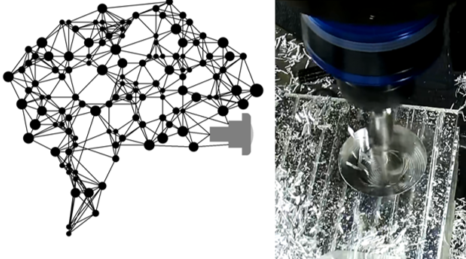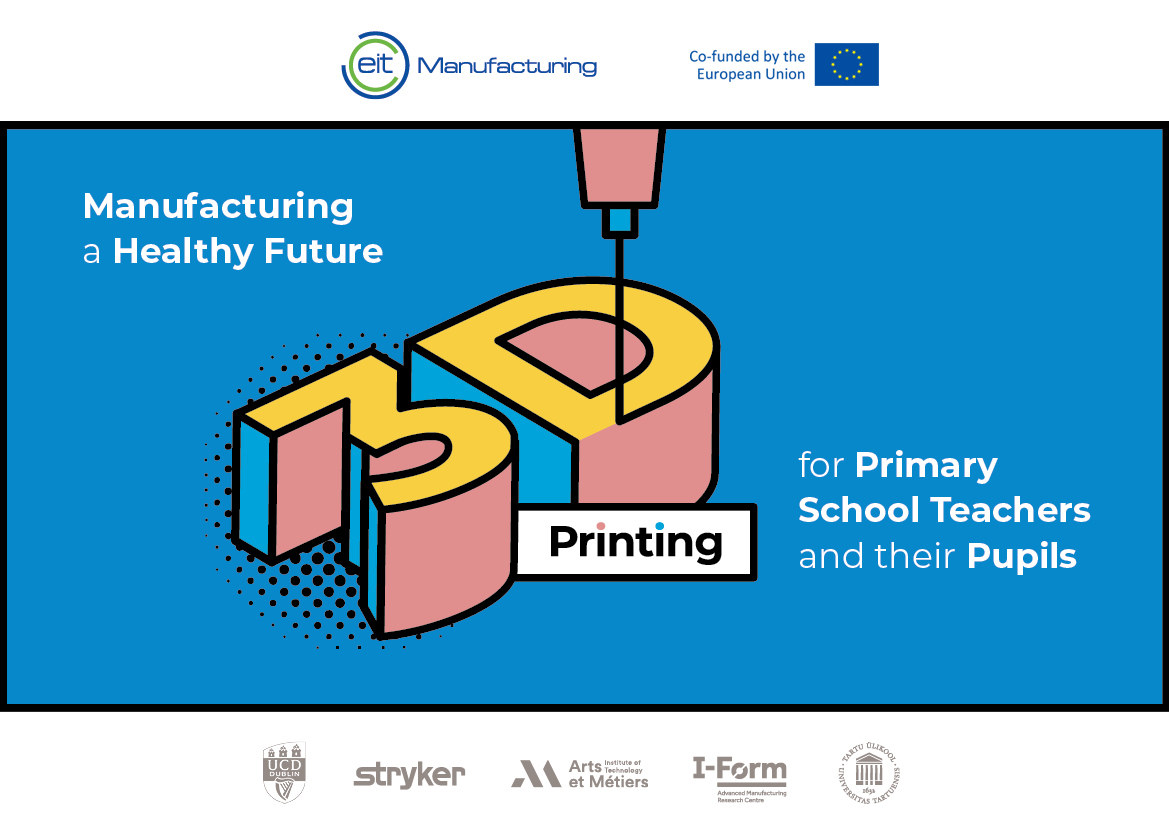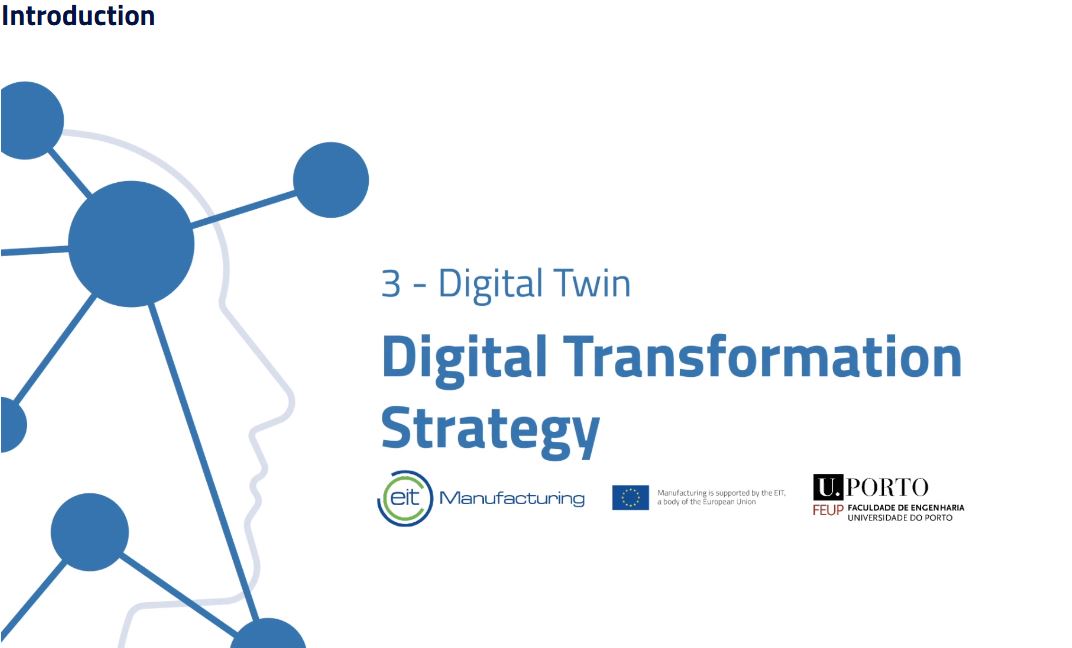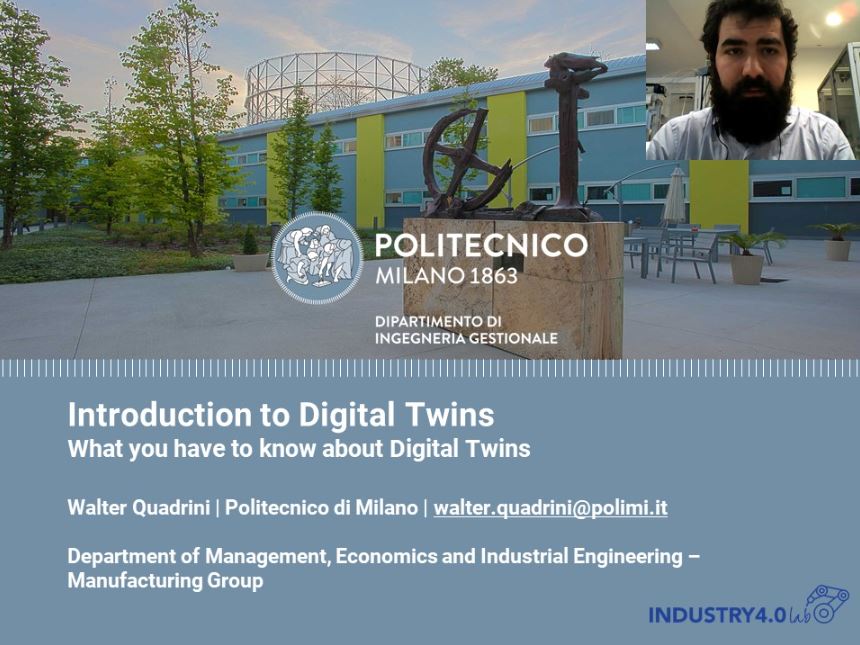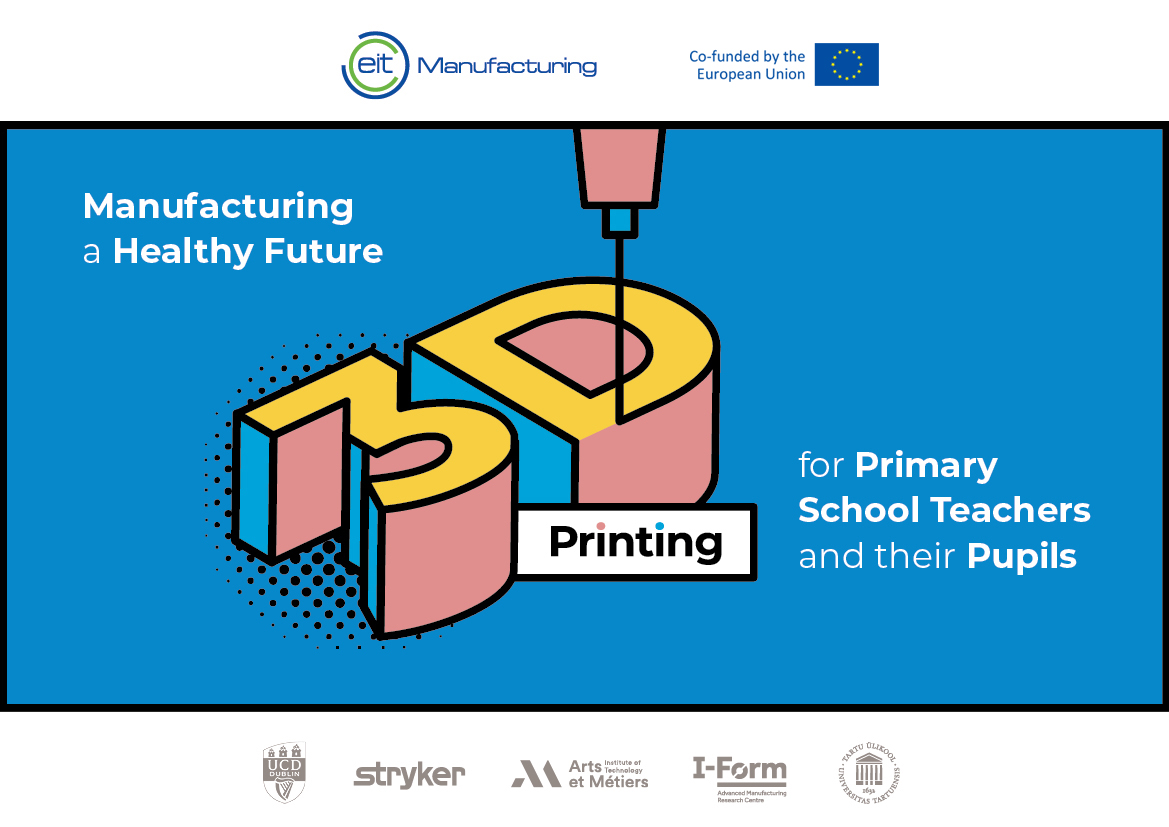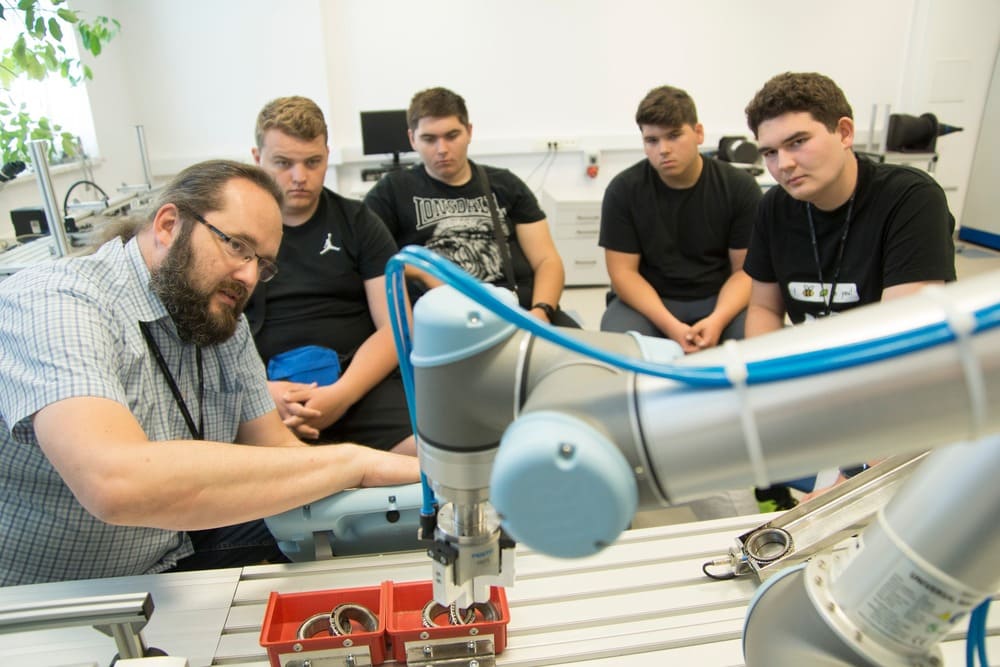Type of course:
Digital learning, Path
Language:
EN
Duration:
3 hours, 30 minutes
Workload:
4 hours
Proficiency:
Beginner
Target:
Professionals, Manager, Workers
This learning path serves as a theoretical introduction to Artificial Intelligence (AI) model creation and usage in machining process preparation and evaluation. It presents basic overview of different AI approaches in general. Then it presents a selection of the most fitting approach to use in the machining domain and motivation and reasons behind this selection. After that it describes the step-by-step procedure of creating and using the AI model.
The described steps are: Data Acquisition (its importance and methods, different data sources), Signal processing (methods and their results), Feature Extraction and Selection (Feature definition, computation methods, selection of Features relevant to the task), Data Structures (ways to store and access both raw data and the extracted Features) and AI Model Creation and Usage (statistics, methods of training and evaluation, usage and limitations).
The knowledge presented in this learning path will serve as a background to a follow-up practical course that will apply this information.
Learning outcomes
- The learner compares and contrasts different AI approaches and selects the most suitable approach for machining process planning and evaluation. They justify their selection based on the specific requirements and characteristics of the machining domain. Moreover, they provide a comprehensive explanation of the chosen approach, considering its benefits and limitations after completing this learning path.
- The learner demonstrates proficiency in each stage of AI model creation for machining. They accurately describe and apply the step-by-step procedure, including data acquisition, signal processing, feature extraction and selection, and data structure design. They select and utilize appropriate methods and techniques at each stage to create an effective AI model for machining process planning and evaluation after completing this learning path.
- The learner explains the fundamental functionality of the AI model used in machining process planning and evaluation. They interpret the results generated by the AI model while considering its limitations and potential biases. They articulate the implications and practical significance of the AI model's outputs and provide insights into its usage in the machining domain after completing this learning path.
LessonDefining basic and necessary terminology of machine learning
Course Content
LessonHow to collect data in machining processes
Course Content
LessonSignal processing of machining process data
Course Content
LessonFeature extraction and selection in machining process – Part 1: What is a Feature and how to obtain it?
Course Content
LessonFeature extraction and selection in machining process – Part 2: How to select relevant Features from data?
Course Content
LessonUnderstanding data structures for storage of measurement and feature data
Course Content
LessonAI Machine learning model creation
Course Content
LessonAssessment of LP Theoretical background of using AI in process preparation and evaluation
Course Content
Topics
Advanced Manufacturing, Digital Transformation, CNC Machining, Artificial Intelligence (AI), Data Analytics


